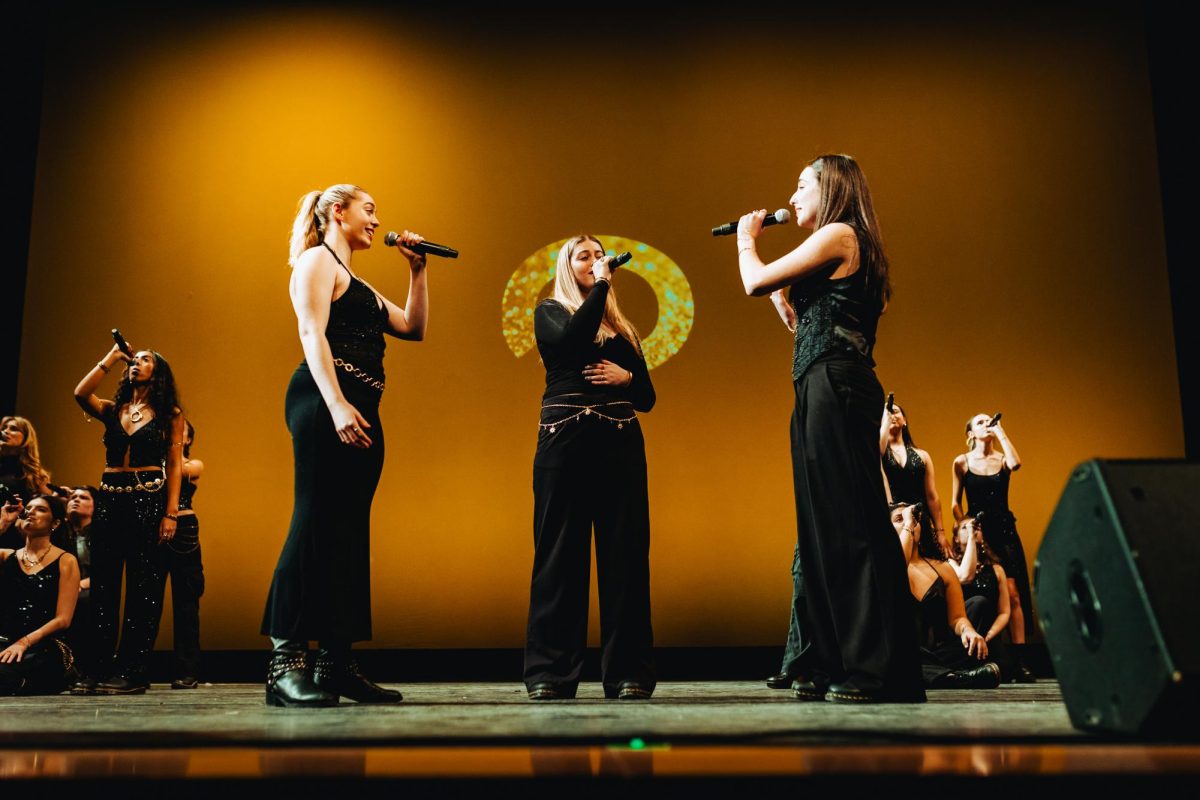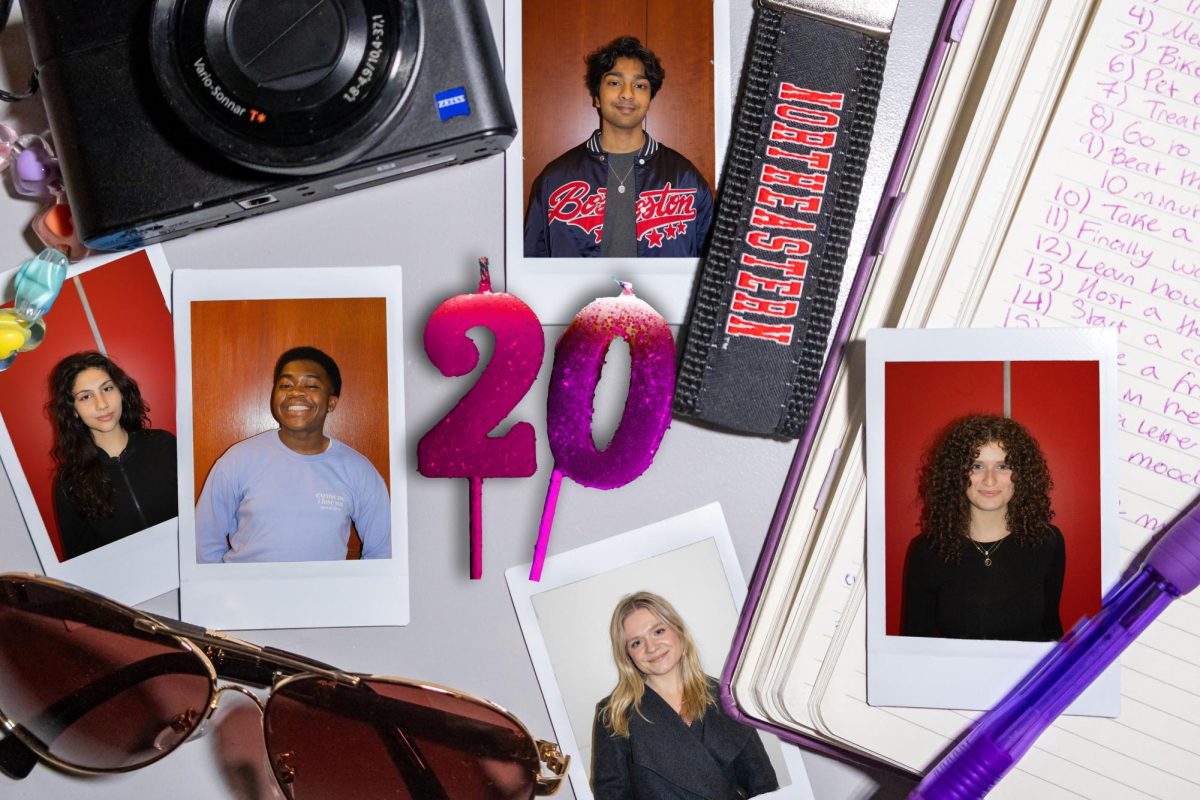Column: ‘Lilo and Stitch’ reboot marred by colorist casting
May 22, 2023
Colorism has plagued Hollywood since the industry’s inception, and the casting of the upcoming “Lilo and Stitch” live-action remake is no exception.
“Lilo and Stitch,” a 2002 animated Disney film, centers around Lilo — a young native Hawaiian girl who, following her parent’s death, is being raised by her older sister, Nani –– and Stitch, her pesky, adopted alien, the product of a failed experiment. Together with Nani, they form their own concept of “ohana,” or family, in Hawaiian.
The live-action reboot, set to release in 2024 or 2025, completed its casting for three of the major roles, including hiring Sydney Agudong to play Nani, a move which has amassed significant criticism from Native Hawaiian and Pacific Islanders.
Agudong, who acted in “On My Block,” “NCIS” and “Infamously in Love,” was born and raised in Kaua’i. She is a lighter-skinned, multi-racial woman, with confirmed Filipino and white ancestry, and is said to be part Polynesian on her father’s side. However, some fans speculate whether or not she is Kānaka Maoli (Native Hawaiian).
With Agudong’s heritage in mind, many Pacific Islanders agree that Nani, a curvy, darker-skinned Native woman, should not be played by a lighter-skinned actor like Agudong, especially one who may not have a connection to the Indigenous culture.
The Pacific Islands have rarely made it onto the big screen, so for many Kānaka Maoli and other Islanders, “Lilo and Stitch” was a landmark film in representing the lived experiences of Indigenous people who face ongoing western imperialism, especially through the imposition of a neo-colonialist tourism economy and the forceful rupture of Indigenous family units, which were both important plot aspects.
Throughout the movie, Nani endures the struggle of being the sole breadwinner while she raises Lilo. Nani — who originally worked at a “fakey luau,” as she says in the film — is forced to aid in the commodification and exploitation of Hawaiian culture for white tourists in order to survive, all the while avoiding Mr. Bubbles, the social worker trying to separate the sisters.
A tough and resilient caregiver, Nani’s identity as a darker-skinned Indigenous woman is integral to her character. In the original film, when Mr. Bubbles alerted Nani that he would be taking Lilo away, Nani sang “Aloha ‘Oe” to her sister. The song, which translates to “farewell to thee,” was written by Queen Lili’uokalani in 1878, the last ruling monarch of the Hawaiian kingdom before U.S. annexation in 1898.
Following the overthrow of the Hawaiian kingdom, “Aloha ‘Oe” came to represent the loss of Indigenous sovereignty and the destructive forces of U.S. imperialism that suppressed the native Hawaiian culture and language. For Nani, expressing the pain of her family being separated through “Aloha ‘Oe” is specific to the material reality of her identity as a fully Indigenous woman.
Due to the political nature of the movie, most Pacific Islanders agree it is disrespectful for Disney to select an actor who cannot fairly represent the experiences of real-life Indigenous women, which serve as the basis for Nani’s character.
By casting Nani’s character with a fair-skinned, petite actor, the reboot will only contribute to ongoing issues of colorism –– the preference for light-skinned, white-adjacent actors, and the consequent erasure of dark-skinned, muscular women within Pasifika, or Pacific Islander, representation.
According to a 2021 University of Southern California study of 1,300 popular films, 1,269 of them –– or 97.6 percent –– did not have a single Pacific Islander or Native Hawaiian female character. Of the 44 films that had an Asian or Pacific Islander protagonist, 14 of those films had Dwayne Johnson play the lead or co-lead role.
Not only does Hollywood cast few Pacific actors, but the movie industry has a history of white-washing Indigenous Islander roles. Casting agents for the 2015 romantic comedy “Aloha,” set in O’ahu, selected white actress Emma Stone to play a Hapa woman, or someone of mixed Native Hawaiian descent, instead of hiring an actual Indigenous actor for the role.
In Hollywood productions that do include Polynesian characters, Pasifika actors are often given minimal roles, serving as plot devices to a broader white-centric narrative.
For example, the popular ongoing television show, “The White Lotus,” depicts a group of wealthy white people who vacation to Maui. Meant to be a satire of white capitalist privilege, the show does not have a single Kānaka Maoli lead. The few Native Hawaiian characters who are featured on the show are arrested or vilified, leaving colonialist narratives unchallenged.
The refusal of Hollywood directors to properly cast Polynesians sends the false message to audience members that it is difficult to find actual Indigenous actors. In reality, Polynesian actors in the U.S. regularly face discrimination when trying to find jobs because of their traditional names and accents. When Pasifika actors do secure roles as Islander characters, their parts are often based on stereotypical representations of Pacific Islanders as lazy, primitive and violent –– just like in “The White Lotus.”
Since Pacific Islanders are a demographically marginalized community, accurate on-screen representation is extremely important. Having Pasifika children see themselves on screen –– especially in characters like Nani, with strong, curvy bodies and darker features –– is essential in navigating a white-supremacist world where traits common amongst Islanders are deemed unattractive.
The forthcoming, live-action reboot of “Lilo and Stitch” is a rare opportunity to showcase Native Hawaiian and other Polynesian women, whose struggles are consistently erased from U.S. history. Rather than having Agudong remain cast as Nani, Disney should look towards hiring a darker-skinned Polynesian actor instead of diluting the political message of the film through colorist hiring practices.






